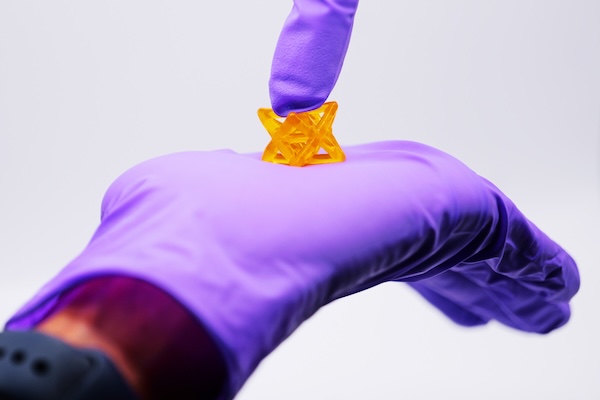
In the quest to develop life-like materials to replace and repair human body parts, scientists face a formidable challenge: Real tissues are often both strong and stretchable and vary in shape and size.
A CU Boulder-led team, in collaboration with researchers at the University of Pennsylvania, has taken a critical step toward cracking that code. They’ve developed a new way to 3D print material that is at once elastic enough to withstand a heart’s persistent beating, tough enough to endure the crushing load placed on joints, and easily shapeable to fit a patient’s unique defects.
Their breakthrough, described in the Aug. 2 edition of the journal Science, helps pave the way toward a new generation of biomaterials, from internal bandages that deliver drugs directly to the heart to cartilage patches and needle-free sutures.
“This is a simple 3D processing method that people could ultimately use in their own academic labs as well as in industry to improve the mechanical properties of materials for a wide variety of applications,” says first author Abhishek Dhand, a researcher in the Burdick Lab and doctoral candidate in the Department of Bioengineering at the University of Pennsylvania. “It solves a big problem for 3D printing.”
Read the full story by Lisa Marshall and Nicholas Goda on CU Boulder’s website
